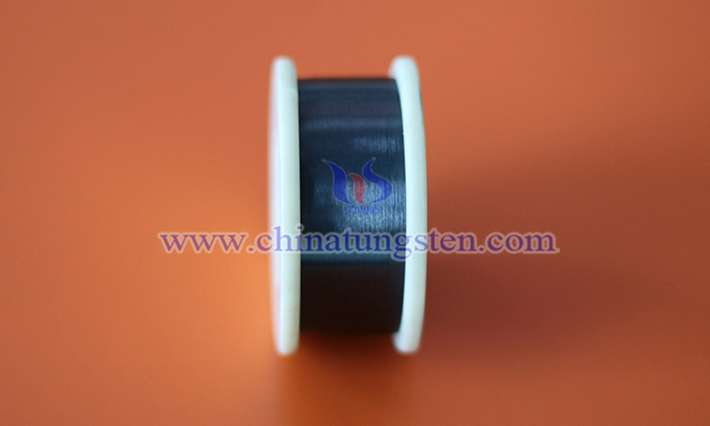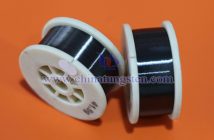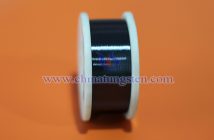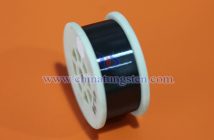The use of tungsten wire as a reinforcing element in composite material stiffeners represents a high-performance material solution that combines the characteristics of tungsten wire—high strength, high modulus, and high-temperature resistance—with the advantages of composite materials, such as lightweight and strong design flexibility. Below is a detailed analysis of the application of tungsten wire in composite material stiffeners:
I. Core Advantages of Tungsten Wire
1. Ultra-high Strength and Modulus
Tungsten wire can achieve a tensile strength of 3000-5000 MPa and an elastic modulus of approximately 400 GPa, significantly higher than those of common metals (such as aluminum and steel) and polymer matrices, thereby substantially enhancing the load-bearing capacity of composite materials.
2. High-Temperature Resistance
With a melting point of up to 3410°C, tungsten maintains structural stability in high-temperature environments (such as in aircraft engines and rocket nozzles), whereas traditional carbon or glass fibers are prone to oxidation or softening at high temperatures.
3. Radiation and Corrosion Resistance
Tungsten exhibits high shielding properties against radiation (such as gamma rays and neutrons) and is chemically stable, making it suitable for extreme environments such as nuclear industry and deep-sea exploration.
4. Electrical and Thermal Conductivity
Tungsten wire demonstrates excellent electrical conductivity (with a resistivity of approximately 5.6×10?? Ω·m), making it applicable in composite material structures requiring electromagnetic shielding or thermal management (such as radomes and electronic packaging).

II. Application Forms of Tungsten Wire in Composite Materials
1. Continuous Fiber Reinforcement
Structure: Tungsten wire is embedded in the matrix (such as metal, ceramic, or polymer) in the form of continuous long fibers, forming unidirectional or multidirectional layers.
Applications: Aircraft engine blades, rocket nozzle throat inserts, nuclear reactor shielding materials, etc.
Advantages: Maximizes the axial strength of tungsten wire and enables anisotropic design.
2. Short Fiber or Whisker Reinforcement
Structure: Tungsten wire is cut into short segments or fabricated into whiskers and randomly dispersed in the matrix.
Applications: Wear-resistant coatings, high-temperature seals, electronic device heat dissipation substrates, etc.
Advantages: Reduces costs, improves matrix toughness, while retaining some reinforcing effects.
3. Woven Structure Reinforcement
Structure: Tungsten wire is woven into two-dimensional or three-dimensional fabrics and compounded with the matrix.
Applications: Flexible heat shields, deformable structures (such as satellite solar panel brackets).
Advantages: Combines the strength of tungsten wire with the flexibility of fabrics to accommodate complex shape requirements.

III. Typical Application Scenarios
1. Aerospace
Engine Hot-Section Components: Tungsten wire-reinforced nickel-based or cobalt-based superalloys are used in turbine blades and combustion chamber liners to withstand high temperatures (>1000°C) and high-velocity airflow erosion.
Lightweight Structures: Tungsten wire/carbon fiber hybrid-reinforced polymer matrix composites are used in secondary load-bearing structures of aircraft to balance strength and weight.
2. Nuclear Industry
Neutron Absorbing Materials: Tungsten wire is compounded with borides for use in nuclear reactor control rods or shielding layers to absorb neutrons and prevent radiation leakage.
Corrosion-Resistant Vessels: Tungsten wire-reinforced tungsten alloy or ceramic matrix composites are used for storing radioactive waste.
3. Electronics and Energy
High-Power Electronic Devices: Tungsten wire-reinforced aluminum nitride (AlN) or alumina (Al?O?) substrates enhance heat dissipation efficiency and extend device lifespan.
Battery Electrodes: Tungsten wire skeletons reinforce lithium-ion battery anode materials, improving electrical conductivity and cycle stability.



